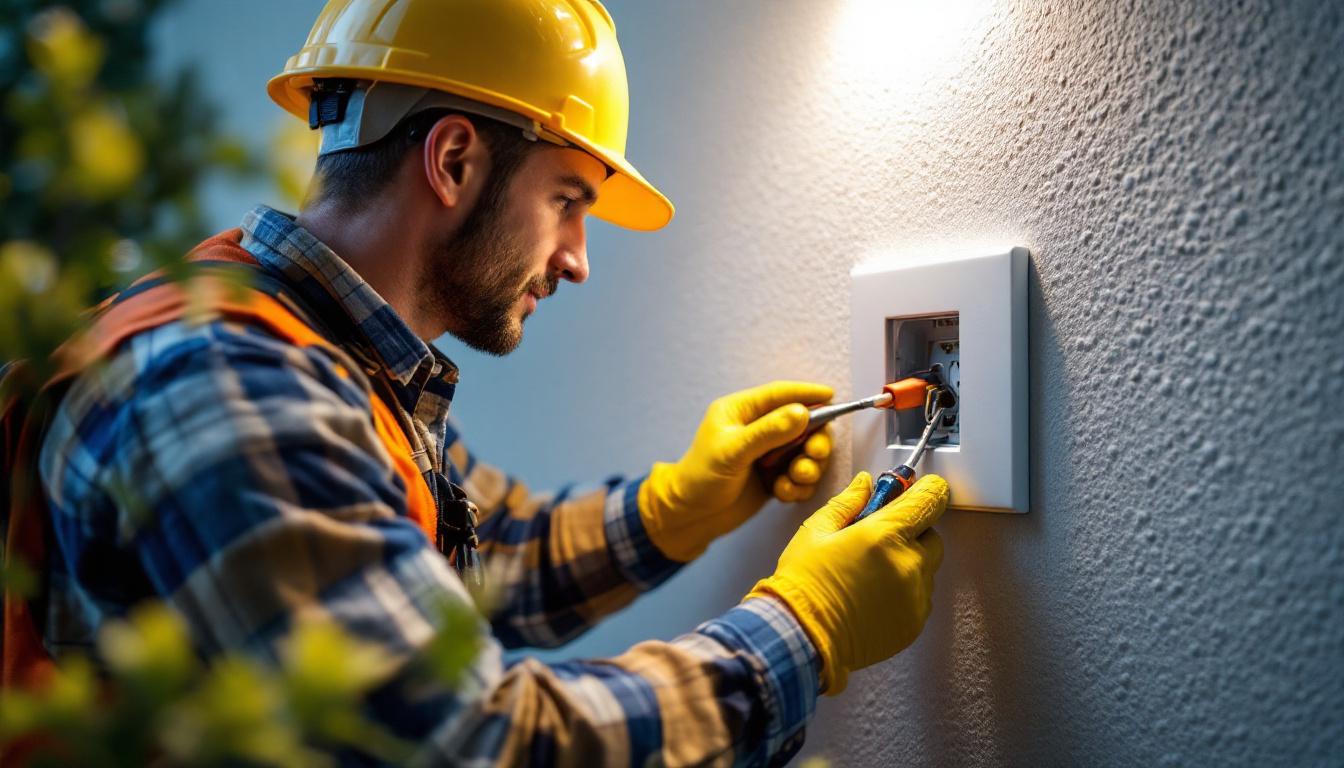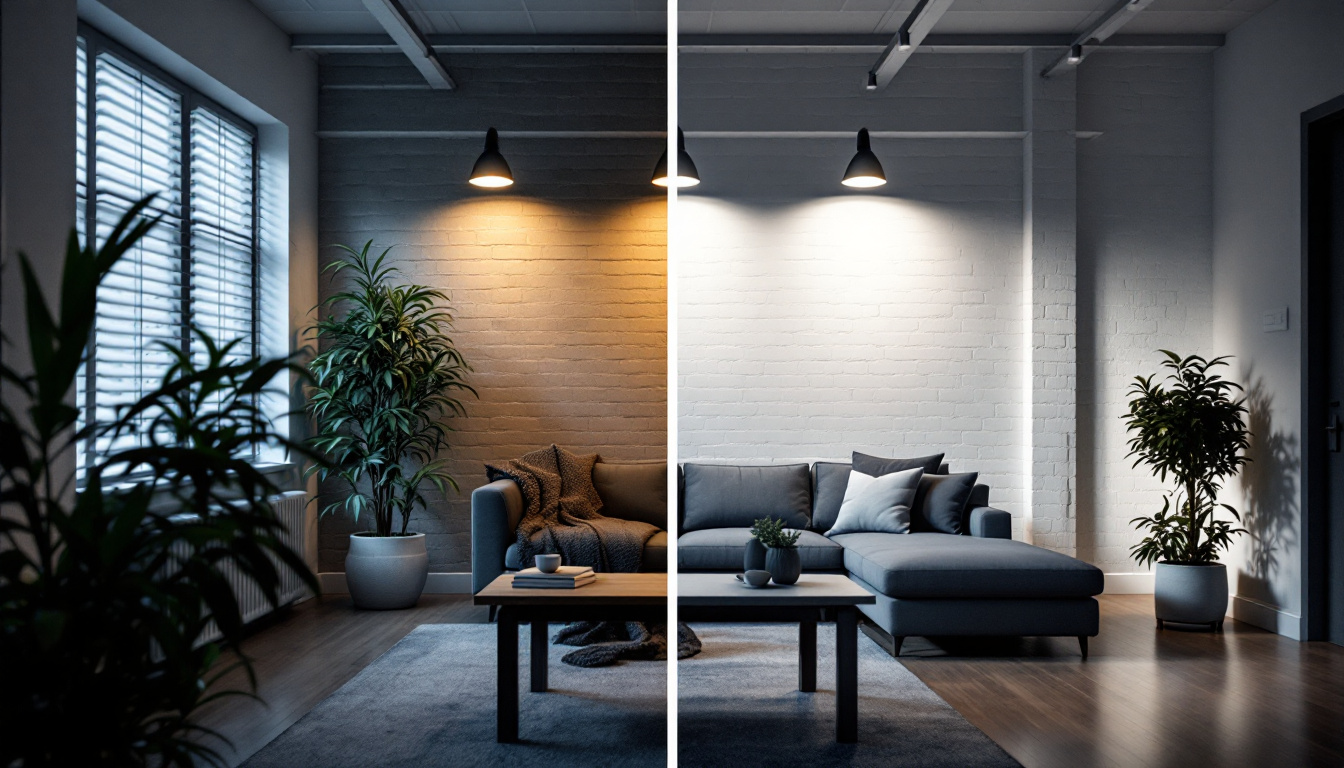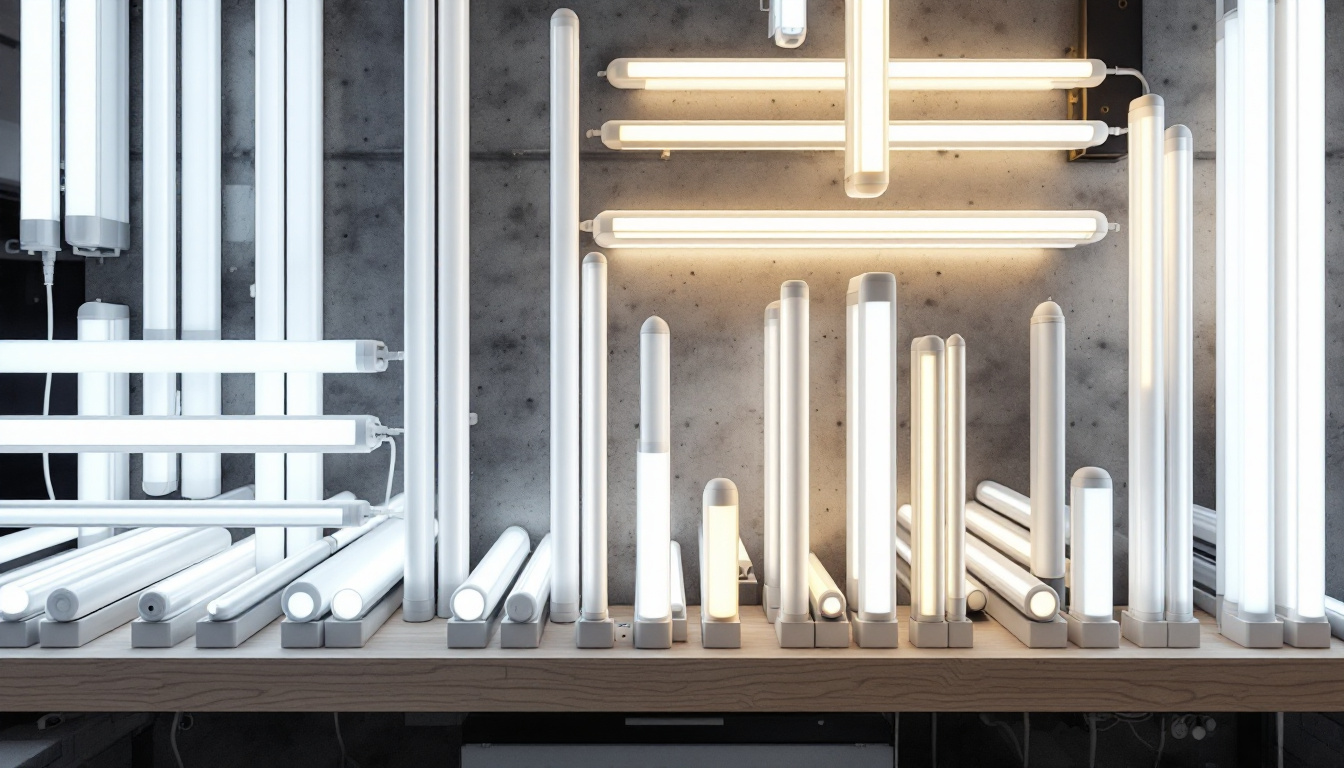
External electrical outlet boxes are essential components in outdoor electrical installations. They provide a safe and secure housing for electrical connections, allowing for the installation of outlets in areas where traditional indoor outlets may not be practical. For lighting contractors, understanding the nuances of these boxes is crucial to meeting client expectations and ensuring compliance with safety standards.
Clients often expect contractors to have a comprehensive understanding of the various types of external outlet boxes available, including their materials, sizes, and installation requirements. This knowledge not only helps in selecting the right box for a specific application but also ensures that the installation adheres to local building codes. Furthermore, being well-versed in the latest technological advancements, such as smart outdoor outlets, can set a contractor apart from the competition, as clients increasingly seek modern solutions that enhance convenience and energy efficiency.
There are several types of external electrical outlet boxes, each designed for specific applications. The most common types include weatherproof, non-weatherproof, and in-use outlet boxes. Weatherproof boxes are designed to protect electrical connections from moisture and dust, making them ideal for outdoor use. Non-weatherproof boxes, on the other hand, are typically used in indoor applications where exposure to the elements is not a concern.
In-use outlet boxes, also known as “bubble covers,” provide additional protection for outlets that are frequently used outdoors. These boxes have a hinged cover that allows for the outlet to be used while still protecting it from rain and debris when not in use. Understanding the differences between these types is essential for contractors to recommend the best option for their clients’ needs. Additionally, it is important to consider the specific location of the installation, as factors such as proximity to water sources or exposure to direct sunlight can influence the choice of outlet box and its installation method.
When selecting an external outlet box, the material is a critical factor. Common materials include plastic, metal, and fiberglass. Plastic boxes are lightweight and resistant to corrosion, making them a popular choice for many outdoor applications. Metal boxes, while more durable, may require additional coatings to prevent rust and corrosion in harsh environments.
Fiberglass boxes offer excellent resistance to moisture and chemicals, making them suitable for industrial applications. Contractors should be prepared to discuss the advantages and disadvantages of each material with clients, helping them make informed decisions based on their specific needs and environmental conditions. Moreover, understanding the thermal properties of these materials can also play a role in their performance; for instance, certain plastics may become brittle in extreme cold, while metals can heat up significantly under direct sunlight. This knowledge can aid in selecting the most appropriate box for varying climates and usage scenarios, ensuring longevity and reliability in outdoor electrical installations.
Proper installation of external electrical outlet boxes is vital for safety and functionality. Clients expect contractors to adhere to best practices during installation to ensure long-lasting performance and compliance with electrical codes. This includes selecting the right location, securing the box correctly, and ensuring proper sealing against the elements.
When installing an external outlet box, location is key. Contractors should assess the area to determine the most practical and accessible location for the outlet. Factors such as proximity to power sources, potential obstructions, and the intended use of the outlet should all be considered.
Clients may have specific preferences or requirements regarding the outlet’s location, so effective communication is essential. By discussing these factors upfront, contractors can ensure that the final installation meets client expectations while also adhering to safety standards. Additionally, it’s important to consider the outlet’s orientation; positioning it at a height that is convenient for users while also being out of reach of water or snow accumulation can significantly enhance its usability and longevity.
Once the location is determined, securing the outlet box is the next critical step. The box must be anchored firmly to prevent movement or damage over time. This often involves using appropriate mounting hardware and ensuring that the box is level and flush with the surrounding surface.
Contractors should also be aware of the specific requirements for securing different types of boxes. For example, weatherproof boxes may have additional sealing requirements to prevent moisture ingress. Clients expect contractors to follow these guidelines meticulously to ensure the longevity and safety of the installation. Furthermore, it can be beneficial to use corrosion-resistant materials, especially in coastal areas where saltwater can cause rapid deterioration. This attention to detail not only enhances the durability of the installation but also builds trust with clients who appreciate a thorough and professional approach.
Weatherproofing is a crucial aspect of installing external electrical outlet boxes. Contractors must use gaskets, sealants, and covers designed for outdoor use to protect the electrical connections from moisture and debris. Clients often expect a thorough explanation of the weatherproofing measures taken during installation, as this directly impacts the outlet’s performance and safety.
Additionally, contractors should educate clients on the importance of maintaining these seals over time. Regular inspections and maintenance can prevent potential issues, ensuring that the outlet remains functional and safe for use. It may also be helpful to provide clients with a maintenance schedule or checklist, detailing when to inspect seals, clean the outlet area, and check for any signs of wear or damage. This proactive approach not only enhances the safety of the installation but also empowers clients to take an active role in the upkeep of their electrical systems, fostering a sense of ownership and responsibility.
Electrical codes are established to ensure safety and reliability in electrical installations. Clients expect lighting contractors to be well-versed in these codes, particularly when it comes to external electrical outlet boxes. Compliance not only protects the client but also enhances the contractor’s reputation as a knowledgeable and reliable professional.
Electrical codes can vary significantly from one jurisdiction to another. Contractors should familiarize themselves with local codes governing the installation of external outlet boxes, including spacing requirements, grounding practices, and specific materials permitted for use. This knowledge is essential for ensuring that installations pass inspections and meet safety standards.
Clients may not be aware of these variations, so contractors should take the initiative to explain the relevant codes and how they impact the installation process. This proactive approach can help build trust and confidence in the contractor’s expertise.
In many cases, installing external electrical outlet boxes requires permits and inspections to ensure compliance with local codes. Clients expect contractors to handle these administrative tasks efficiently, including obtaining necessary permits before commencing work and scheduling inspections as required.
Contractors should be prepared to guide clients through this process, explaining the importance of permits and inspections in maintaining safety and compliance. This transparency can enhance the client-contractor relationship and demonstrate professionalism.
Effective communication is a cornerstone of successful client relationships in the lighting contracting industry. Clients expect contractors to not only perform the installation but also educate them about the systems being installed. This includes explaining the functionality, maintenance, and safety of external electrical outlet boxes.
Clients may have questions about how external electrical outlets work and their intended uses. Contractors should be prepared to explain the functionality of the installed outlets, including how to safely operate them and the benefits of using weatherproof boxes in outdoor settings.
Providing clients with a clear understanding of the outlet’s capabilities can help them make the most of their outdoor electrical installations. This knowledge empowers clients to use their outlets safely and effectively, enhancing their overall satisfaction with the project.
Clients often appreciate guidance on maintaining their external electrical outlets. Contractors should provide tips on routine inspections, cleaning, and any necessary upkeep to ensure the outlets remain in good working condition. This proactive approach can prevent issues down the line and extend the lifespan of the installation.
By equipping clients with maintenance knowledge, contractors demonstrate their commitment to quality and client satisfaction. This can lead to repeat business and referrals, as satisfied clients are more likely to recommend a contractor who provides comprehensive service.
Clients may have various concerns regarding external electrical outlet boxes, ranging from safety to aesthetics. Understanding these concerns and addressing them effectively is crucial for lighting contractors aiming to build strong client relationships.
Safety is often the primary concern for clients when it comes to electrical installations. Contractors should be prepared to discuss safety measures taken during the installation process, including grounding practices, circuit protection, and the use of weatherproof materials. Providing clients with reassurance about safety can help alleviate their concerns.
Additionally, contractors should educate clients about safe usage practices for outdoor outlets, including avoiding overloading circuits and using appropriate extension cords. This knowledge empowers clients to use their outlets safely and responsibly.
Clients may also be concerned about the visual impact of external electrical outlet boxes on their property. Contractors should be prepared to discuss options that blend seamlessly with the surrounding environment, such as color choices and placement strategies. Offering solutions that prioritize both functionality and aesthetics can enhance client satisfaction.
By addressing these concerns proactively, contractors demonstrate their commitment to understanding and meeting client needs. This level of attention can significantly enhance the overall client experience.
In the competitive landscape of lighting contracting, understanding the intricacies of external electrical outlet boxes is essential for meeting client expectations. From selecting the right type and material to ensuring proper installation and compliance with electrical codes, contractors must be well-versed in all aspects of these installations.
Effective communication and education play a pivotal role in building trust with clients. By addressing common concerns, providing maintenance tips, and explaining functionality, contractors can enhance client satisfaction and foster long-term relationships. Ultimately, a thorough understanding of external electrical outlet boxes not only benefits clients but also elevates the contractor’s professional standing in the industry.
Ready to elevate your lighting projects with the highest quality external electrical outlet boxes and more? Look no further than LumenWholesale, where we offer an extensive selection of spec-grade lighting products at unbeatable wholesale prices. Say goodbye to middleman markups and hello to superior lighting solutions that meet the highest industry standards. With free shipping on bulk orders, you can stock up on reliable, high-performance lighting without any hidden fees. Don’t compromise on quality or value—Wholesale Lighting at the Best Value is just a click away. Experience the LumenWholesale difference today!

Discover why the 4-way shop light bulb is a game-changer for lighting contractors.

Discover the transformative benefits of LED can light conversion kits in modern lighting installations.

Discover how solar lighting solutions can give lighting contractors a competitive edge in winning more bids.

Discover the ultimate guide to fluorescent tube lengths with our essential checklist tailored for lighting professionals.